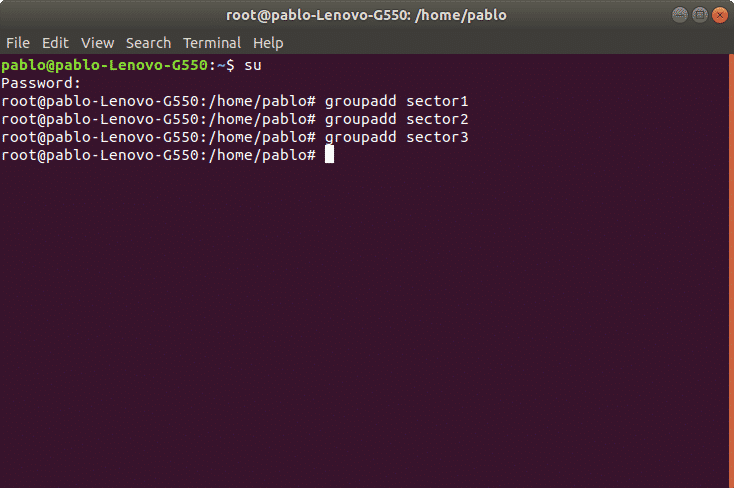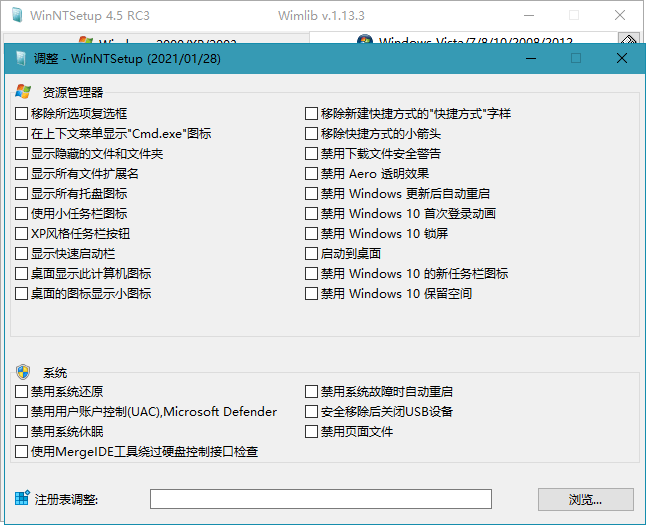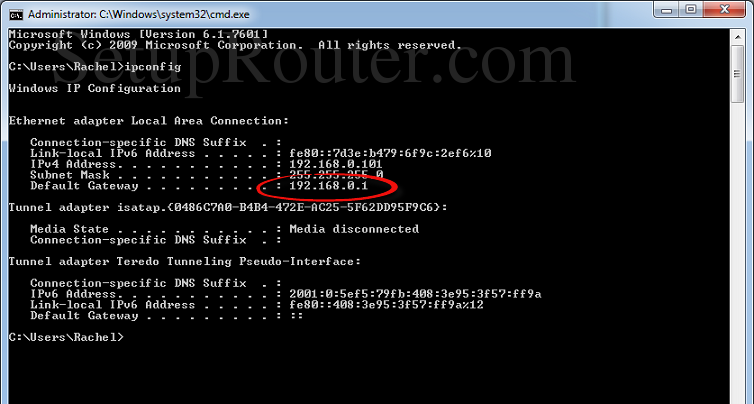


The installer can also be run from a MS-DOS command prompt so previous versions of Microsoft Windows that are already installed can be upgraded.

The ISO image is also not hybridized like ISO images from most Linux distributions and therefore it does not contain any master boot record (MBR) which makes it unable to boot by just copying the image over a block device such as a pen drive. It can be extracted from an ISO image by using a file-extraction program such as 7-Zip or WinZip. The boot image is of the "no emulation" type, 1 sector long (2048 bytes) and is loaded at segment 0x7c0. Although it is "Level 1", the file names don't have the file version appended to it. The ISO 9660 file system on the install CD is not fully compatible with the standard. For this boot method to work, the BIOS must be compatible with the El Torito specification. The Windows NT installer works very similarly to a regular Windows NT install except that it runs from a CD-ROM.


 0 kommentar(er)
0 kommentar(er)
